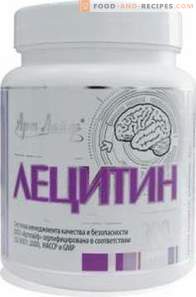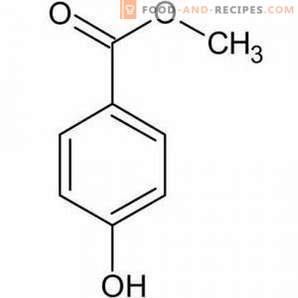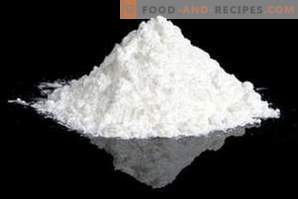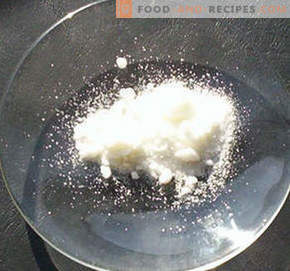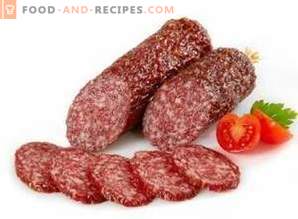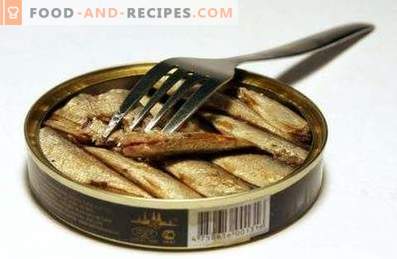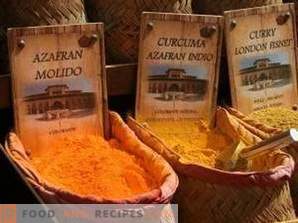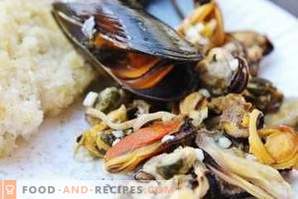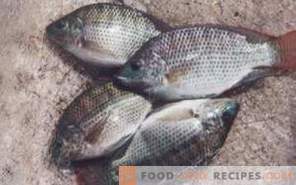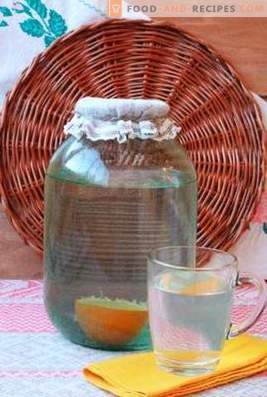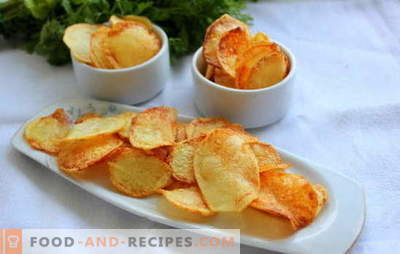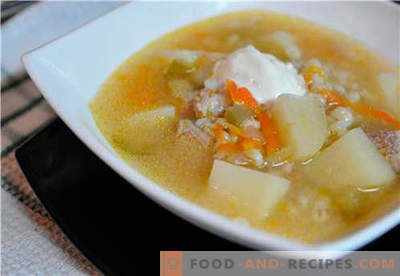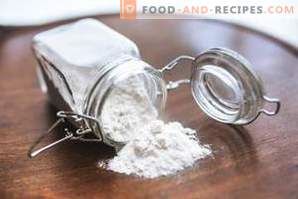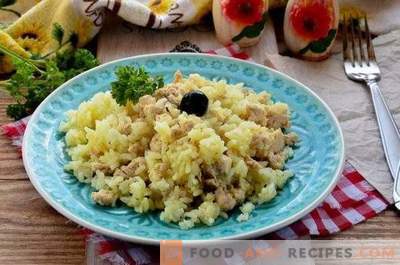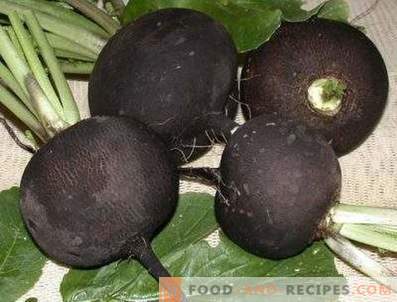
It is no secret that in our days, not only stabilizers, emulsifiers and preservatives are used in food production, but also various dyes. Among them is tartrazine, which is known under the label E102. This substance is a rich yellow color is obtained from coal tar, which is considered a waste of the mining industry. The low cost of the synthesized dye E102 is a very weighty argument for many manufacturers to adopt this substance, not interested in how dangerous it can be to human health.
Why is tartrazine so popular?
The main advantage of this substance is its cheapness, since 1 kg of the dye costs about $ 10. Dye E102 gives food a very attractive yellow color, so it is very popular in many food industry enterprises, helping to promote various product groups on the market. Another attractive feature of E102 from the point of view of manufacturers is that it dissolves easily in water and combines well with other food dyes, which allows you to experiment to give food a wide variety of shades.
Where is E102 applied?
The lack of color and smell, as well as the apparent safety for health led to the fact that since the 70s of the last century tartrazine was widely used in the production of a wide variety of food products. First of all, we are talking about all sorts of carbonated drinks and ice cream, as well as canned fruits and vegetables, which thanks to E102 acquire an appetizing appearance and are sold much more successfully than products without such an additive.
Nowadays, tartrazine can be found in various creams and jellies, yogurts and preserves, juices and sweets. This food additive is widely used in the production of packaged soups, various breakfast cereals and mustard, which is the undisputed leader in the number of various food additives.
Along with this, the dye E102 is used in the chemical industry, being a filler for various types of paints, as well as part of many drugs
What is the danger of E102?
From the very first days of tartrazine use in the food industry, cases of a strong allergic reaction to this substance began to be detected. Approximately 7% of people who try products containing E102 dye at least once in their lives complain about urticaria - blisters that appear on various parts of the body and itch a lot. 2% of people who tasted juice or ice cream with tartrazine, develop Quincke edema, which can be fatal. However, allergy is not the worst result of using products with dye E102. Much more dangerous is that, coming into contact with sodium benzoate, this substance enhances its carcinogenic properties, which leads to the development of cancer tumors. Most often, the victims of tartrazine are children who can not resist the bright yellow candy or yogurt with this dangerous food additive.
It is also proven that E102 is very difficult to be excreted from the body and tends to accumulate in tissues. It is for this reason that the dosage of tartrazine in food is strictly limited, and its amount per 1 kg of ready-made food cannot exceed 100 mg. It has been proven that if the amount of tartrazine in the human body exceeds 7, 5 mg per 1 kg of body weight, then this can be fatal.

